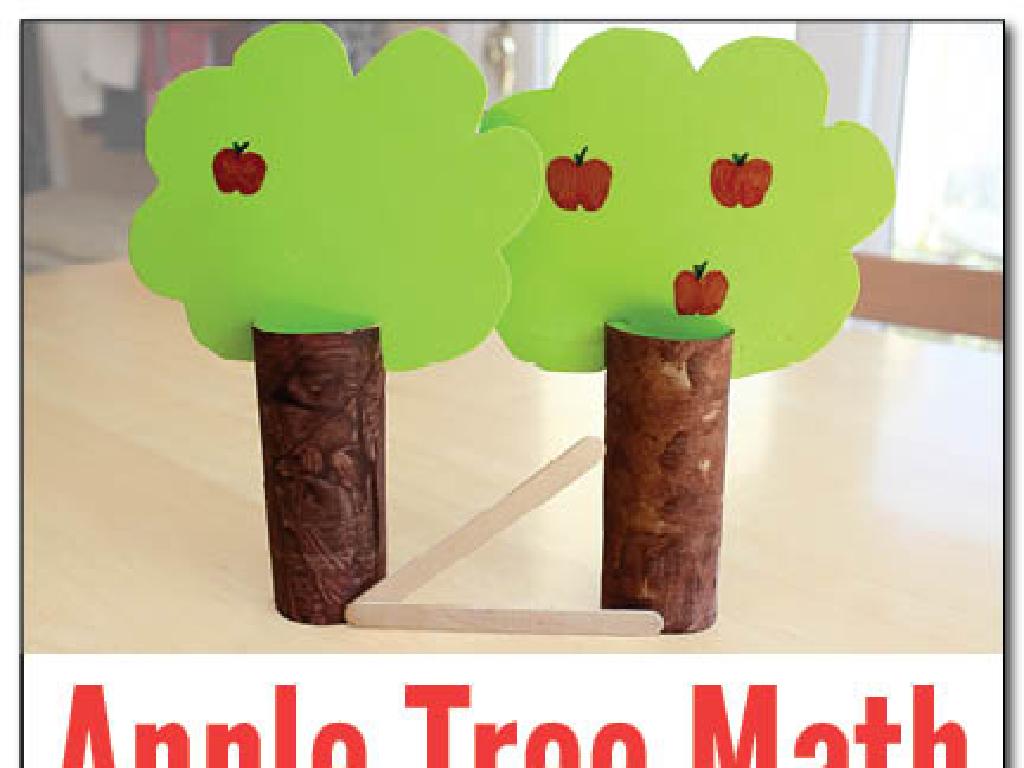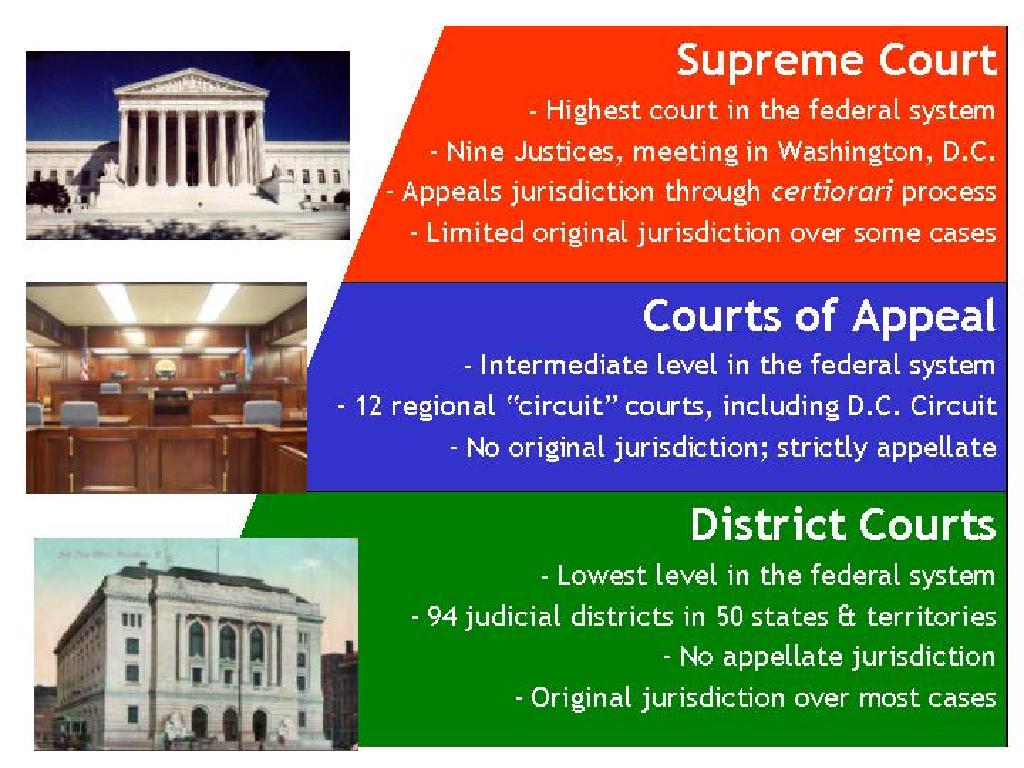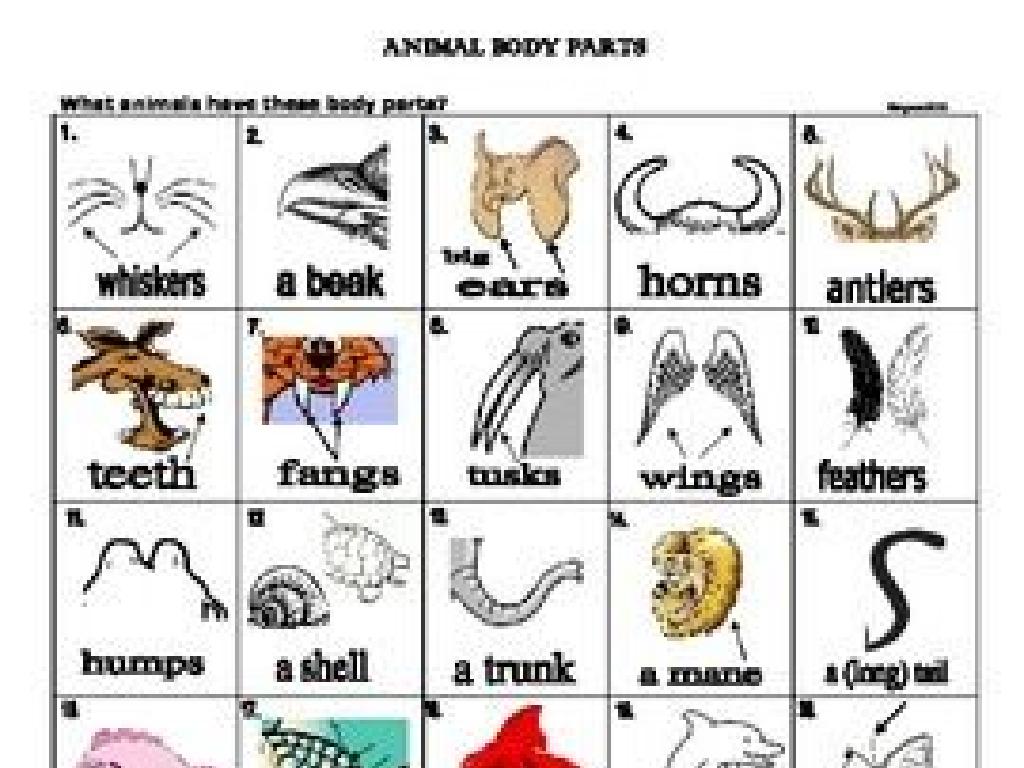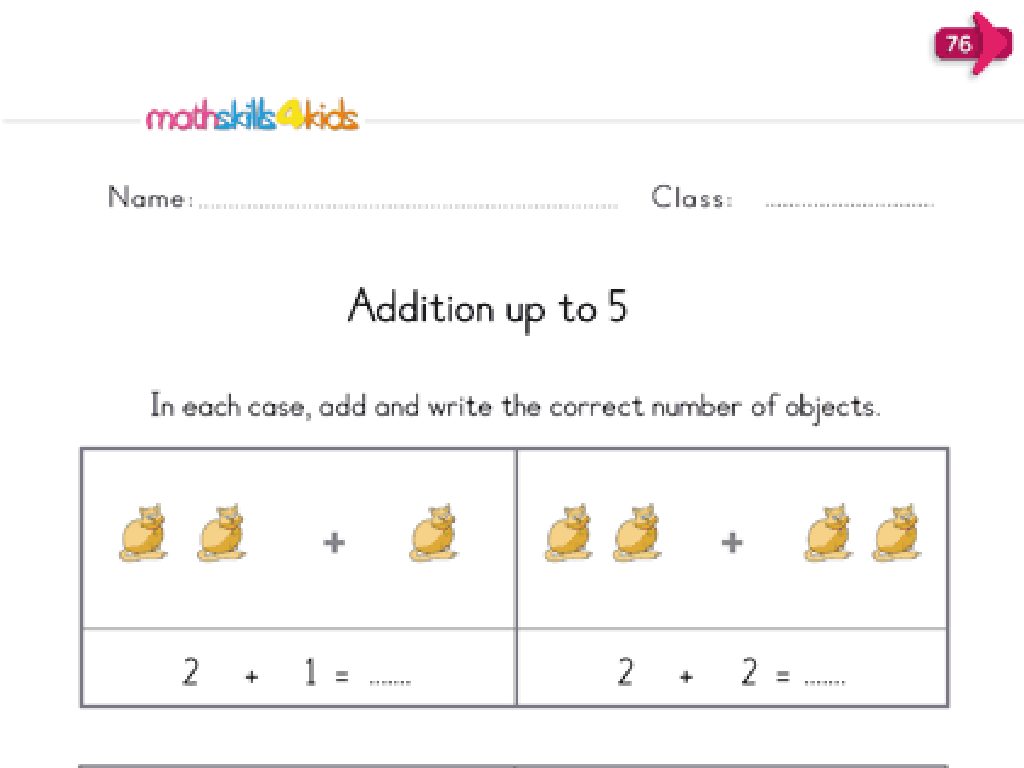Italian Renaissance: Achievements In Literature And Art
Subject: Social studies
Grade: Eighth grade
Topic: Early Modern Europe
Please LOG IN to download the presentation. Access is available to registered users only.
View More Content
Exploring the Italian Renaissance
– Introduction to the Renaissance
– A cultural rebirth from the 14th to 17th century
– Meaning of ‘Renaissance’
– ‘Renaissance’ means ‘rebirth’, symbolizing Europe’s cultural awakening
– Italy as the Renaissance cradle
– Italy’s unique position led to the early adoption of Renaissance ideals
– Factors leading to Italy’s pivotal role
– Trade, wealth, and the legacy of the Roman Empire set the stage
|
This slide introduces students to the Italian Renaissance, a period of great cultural change and achievement in Europe that spanned from the 14th to the 17th century. The term ‘Renaissance’ signifies the ‘rebirth’ of interest in the classical arts and learning. Italy’s central location in the Mediterranean, its prosperity from trade, and its connection to the heritage of Ancient Rome made it the perfect incubator for this cultural revival. Discuss how these factors contributed to Italy becoming the birthplace of the Renaissance, setting the stage for an era of extraordinary artistic and literary accomplishments.
The Cradle of Renaissance: Italy
– Italy’s geography & Renaissance
– Strategic location fostered trade & cultural exchange, leading to the Renaissance.
– Influence of city-states
– Florence, Venice, and Rome were centers for innovation, politics, and art.
– Patronage & the Medici family
– Wealthy families like the Medici funded artists, contributing to the era’s splendor.
– Cultural rebirth in Europe
|
This slide aims to explain why Italy was the birthplace of the Renaissance, highlighting its geographical significance as a hub for trade and cultural exchange. The role of city-states is crucial as they were the epicenters of political power, wealth, and artistic innovation. Florence, Venice, and Rome each played a unique role in fostering the conditions necessary for the Renaissance to flourish. The concept of patronage is also vital, with families like the Medici in Florence financing artists, which led to an explosion of creativity and learning. This patronage system was a driving force behind the Renaissance, leading to a cultural rebirth that spread throughout Europe. Encourage students to think about how geography can impact cultural development and consider the influence of powerful families in society.
Renaissance Literature: Pioneers and Their Works
– Dante’s ‘The Divine Comedy’
– An epic poem that explores the afterlife, symbolizing the soul’s journey towards God.
– Petrarch’s influence on poetry
– Petrarch developed the sonnet, a 14-line poem with a specific rhyme scheme.
– Boccaccio’s ‘The Decameron’
– A collection of novellas that portrays a detailed slice of 14th-century life.
– Impact on modern literature
– These works laid the foundation for Western literature, influencing countless authors.
|
This slide introduces students to three key figures of Renaissance literature and their seminal works. Dante Alighieri’s ‘The Divine Comedy’ is an allegorical tale that remains a cornerstone in the study of Italian literature and the Italian language itself. Francesco Petrarch’s sonnets were groundbreaking, refining the language and expressing human emotions in a way that was new to literature. Giovanni Boccaccio’s ‘The Decameron’ provides a window into the culture and society of the time. These authors and their works have had a lasting impact on the development of Western literature, setting the stage for future literary movements and the evolution of the modern novel. Encourage students to consider how these works might reflect the values and changes of the Renaissance period.
Exploring Renaissance Art
– Defining Renaissance art characteristics
– Balance, harmony, and perspective were key.
– Innovations in art techniques
– Use of vanishing points and chiaroscuro.
– Emotions & realism in art
– Art depicted a range of human emotions.
– Celebrated Renaissance artists
– Leonardo da Vinci, Michelangelo, Raphael.
|
Renaissance art marked a cultural rebirth from the 14th to the 17th century, reflecting a renewed interest in classical antiquity. It’s characterized by a focus on balance, harmony, and perspective, which aimed to produce a more realistic representation of the world. Innovations such as the use of vanishing points and chiaroscuro (contrast of light and shadow) allowed artists to create depth and imbue their work with a lifelike quality. The depiction of human emotion became more nuanced, capturing the complexity of the human experience. Notable artists like Leonardo da Vinci, Michelangelo, and Raphael pushed the boundaries of art, leaving a legacy that continues to influence modern art. Encourage students to explore the works of these artists to understand the impact of their innovations.
Leonardo da Vinci: Renaissance Polymath
– ‘The Last Supper’ & ‘Mona Lisa’
– Iconic artworks showcasing perspective and emotion
– Da Vinci’s scientific insights
– Studies of anatomy and natural phenomena
– Inventions ahead of his time
– Designs for machines like the helicopter
– Defining the ‘Renaissance Man’
– Mastery in multiple disciplines; art, science, engineering
|
Leonardo da Vinci exemplifies the Renaissance ideal of the ‘universal genius’ or ‘Renaissance Man’, skilled in multiple fields. His paintings ‘The Last Supper’ and ‘Mona Lisa’ are renowned for their innovative use of perspective and portrayal of human emotion. Beyond art, da Vinci’s curiosity led him to dissect human bodies to understand anatomy, and his notebooks are filled with observations of the natural world and visionary inventions. His life and work reflect the Renaissance spirit of exploration and discovery in both art and science. Students should understand how da Vinci’s diverse talents and insatiable curiosity made him a leading figure of the Renaissance.
Michelangelo’s Masterpieces
– ‘David’: A Marble Marvel
– A 17-foot statue symbolizing perfect human form and beauty.
– Sistine Chapel: A Celestial Canvas
– The chapel’s ceiling depicts the Book of Genesis with intricate designs.
– ‘The Last Judgment’: Iconic Imagery
– A powerful fresco behind the altar illustrating the Second Coming of Christ.
– Michelangelo’s Artistic Legacy
– His work set standards for art and architecture, inspiring generations.
|
Michelangelo Buonarroti, a central figure of the Italian Renaissance, created some of the most influential artworks in Western art. His sculpture ‘David’ is renowned for its detailed portrayal of the human body and became a symbol of strength and youthful beauty. The Sistine Chapel ceiling, featuring the famous ‘Creation of Adam,’ showcases Michelangelo’s skill in painting and his ability to convey complex biblical stories. ‘The Last Judgment’ is another testament to his mastery, with dramatic scenes and emotional intensity. Michelangelo’s work had a profound impact on art and architecture, setting new standards for excellence and influencing countless artists. Discuss with students how his work reflects the values and aesthetics of the Renaissance and encourage them to explore how his influence can still be seen in modern art and design.
Raphael and the School of Athens
– Raphael’s classical philosophy portrayal
– Depicts Greek philosophers, blending classical & Renaissance ideals
– Analyzing ‘The School of Athens’
– A fresco symbolizing knowledge, with Plato & Aristotle at the center
– Raphael’s Renaissance contributions
– His artworks reflect the humanist spirit of the Renaissance era
– Impact on Vatican art
– His frescoes in the Vatican are considered some of the greatest Renaissance artworks
|
Raphael, a master of the Italian Renaissance, is renowned for his fresco ‘The School of Athens’ in the Vatican. This slide explores his representation of classical philosophy, where he brings together legendary Greek philosophers and scientists, showcasing a harmonious blend of ancient and Renaissance ideals. The analysis of ‘The School of Athens’ will focus on its composition, symbolism, and the central figures of Plato and Aristotle. Raphael’s significant contributions to Renaissance art, particularly his impact on Vatican art, are a testament to his influence and the humanist spirit of the time. Students should understand Raphael’s role in shaping Renaissance art and thought, as well as his lasting legacy in the Vatican.
Class Activity: Create Your Renaissance Art
– Choose an art subject: portrait, scene, or invention
– Gather art materials: paper, pencils, colors
– Focus on perspective, realism, and emotion
– Renaissance art emphasized these elements for lifelike results
– Create your own Renaissance-inspired artwork
|
This activity is designed to immerse students in the creative process that artists during the Italian Renaissance might have experienced. Students should choose a subject that interests them, whether it’s a person, a landscape, or a mechanical invention. Provide a variety of materials and encourage experimentation with techniques like perspective, which was a major innovation of the time. Realism and emotion are also key aspects to consider, as they were focal points in Renaissance art. This hands-on activity will help students appreciate the skill and thought that went into creating art during this period. Possible variations of the activity could include group projects, recreating famous paintings, or even attempting to use Renaissance-era techniques like fresco or tempera painting.
Reflecting on the Italian Renaissance
– Recap: Renaissance impact on arts
– Highlighted humanism, perspective in painting, and vernacular literature
– Renaissance’s role in European history
– Set the stage for the modern age with new ideas and art forms
– Lessons from Renaissance thinkers
– Emphasis on learning, questioning, and exploring human potential
– Modern relevance of Renaissance art
– Inspiration for contemporary art and thought; value of creativity
|
This slide aims to summarize the profound effects of the Italian Renaissance on literature and art, emphasizing its pivotal role in shaping European history. The Renaissance was a time of great intellectual growth and artistic achievement, which laid the groundwork for the modern world. Students should understand how Renaissance thinkers like Leonardo da Vinci and Michelangelo pushed boundaries and championed human potential. Encourage students to consider how the values of the Renaissance curiosity, innovation, and a focus on human experience remain relevant and influential in today’s society. Ask them to reflect on how these ideas can be applied to their own lives and the contemporary world.






